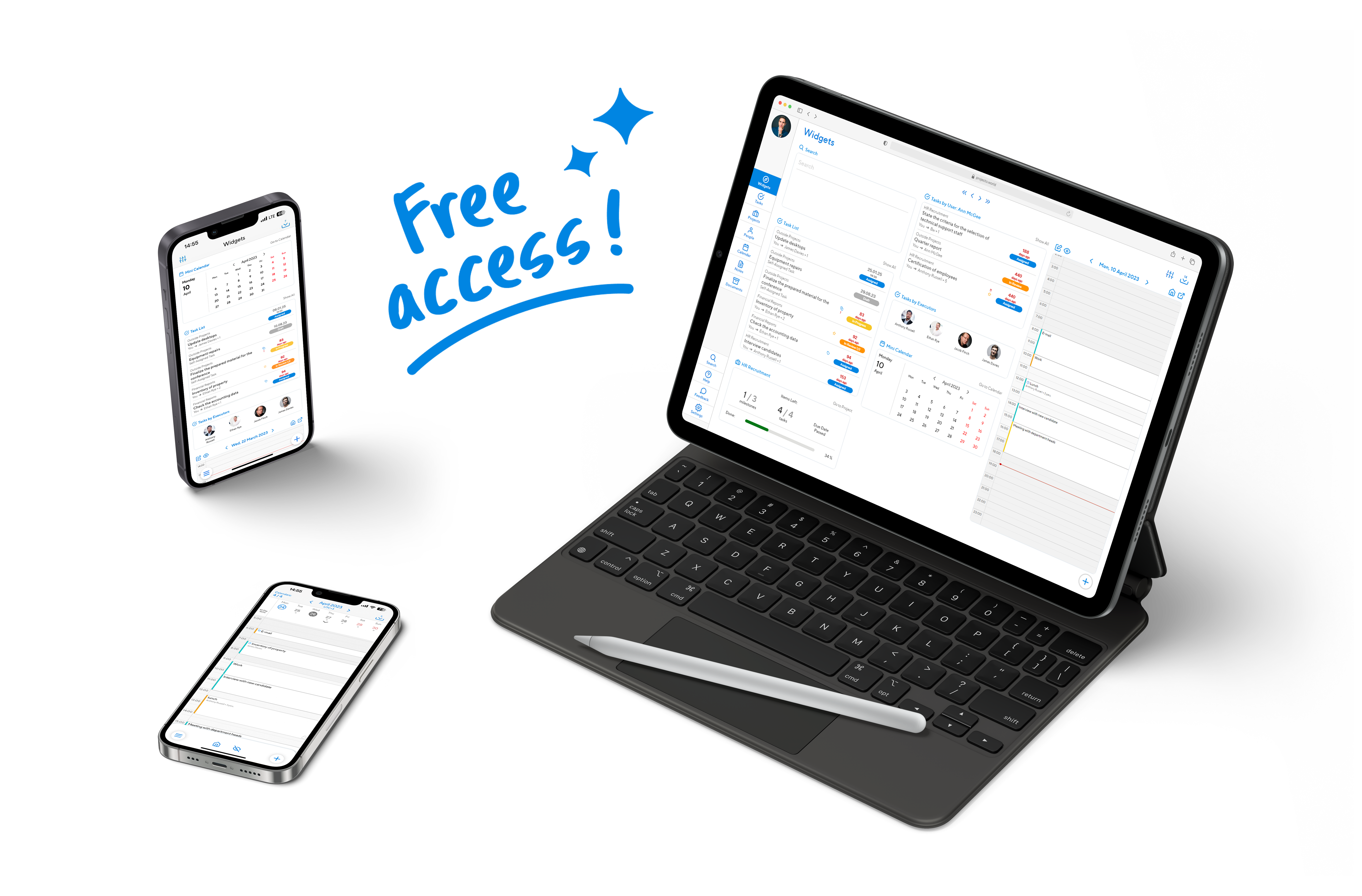When it comes to prioritizing work, every experienced manager will probably have something to say on the subject. It’s a pity that one can also get lost in so many tips, that the most significant among them will also have to be singled out.
The first thing to understand is that planning and prioritizing tasks are closely related. A simple example: you need to build a house. The tasks include laying the foundation, building the walls, and installing the roof. If you break the sequence, you will not build the house. Any random combination and incorrect timing will lead to unfortunate consequences.
Most popular approaches to prioritization
Programmers and managers are the most fond of detailing and dissecting any of their activities.
The following methodologies are used in management theory:
- Goal-task-function. A timeless classic. You list all worthwhile goals, form tasks and functions on their basis. The most important object here is functions. You need to divide them by timescale and importance.
- The Eisenhower matrix. Distribution of tasks by importance and urgency. We will consider this method in detail below.
- Time management by ABC-system. Cases, goals, tasks are divided into three groups by importance: A, B and C (from greater to lesser).
- Planning according to the Pareto rule. The famous 20/80 principle. Accordingly, priority should be given to those tasks that will give the greatest return. For example, why waste time on 80% of customers who give only 20% of profit? It is better to pay attention to those 20% of customers that will bring 80% of income. And so on.
Programmers have more methodologies. But they are also applied within the framework of accepted project management systems. Here are just some of them:
- RICE (reach, impact, confidence, effort).
- ICE (a kind of modification of RICE: influence, confidence, ease of implementation).
- Kano matrix. Priorities are selected based on satisfaction to functionality ratio (applied to new product planning).
- 2 lists (one contains all to-do’s and tasks, the other only those that need to be solved personally, the rest need to be delegated).
- Value VS effort (easy to relate to Pareto’s rule).
- Cost of delay (failure to do which task or function will cause the most harm).
- Buy the function (prioritize those tasks that the client, customer, or owner needs first).
- WSJF (short and simple tasks are prioritized).
- Evaluate capabilities (prioritized according to importance and satisfaction).
The Eisenhower matrix
The most visual, simple and really effective method of prioritizing at all times.
The idea is to categorize all your tasks, plans, and events into four groups (depending on urgency and importance):
- It’s important and urgent. These things need to be done first. Preferably in person. If it is not possible to do it in person, the actions of the trustees should be under maximum control.
- Important and not urgent. Add into the plan or schedule. You can delegate. But the question of control is not removed from you. At the appointed time, the result will still be asked of you. The main thing is that the tasks from this category should not become the first (important and urgent).
- Urgent and unimportant. The best solution for a manager is to delegate such tasks to responsible executors in order to free up your time and not to waste your energy on them. If there is no one to delegate tasks from this category, you should start performing them only after the first two categories.
- Not urgent and not important. You can safely put such tasks on ice and return to them when you have solved all the others. Practice shows that people never come back to such cases, and they can be painlessly crossed off the list or forgotten altogether.
Tips to increase efficiency
Soberly evaluate your forces and categories of tasks. Don’t forget that they can be one-off (single) or recurring (cyclical). It’s important to remember the mutual influence of some on others, as in the example about the house.
The biggest challenge is to create a list of all your to-do’s, tasks, events, and categorize and systematize them. Even if you like the Eisenhower approach, you may not be able to fit all the items on a piece of paper (sometimes even an office whiteboard with post-it notes is not enough).
What to do? You need a quality software to work with planning.
Projecto is perfect for the status of an enterprise tool. It is a cloud-based platform. Projecto adapts well to any methodology and is easy to implement on any project.
Don’t believe it? Try it out and see for yourself. No registration or testing request is required.
